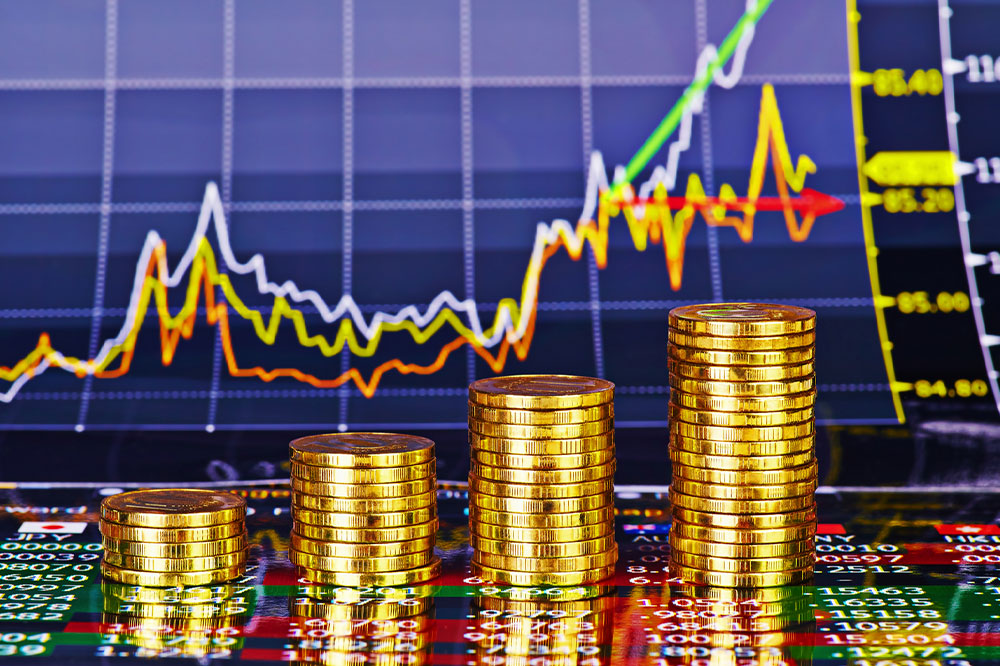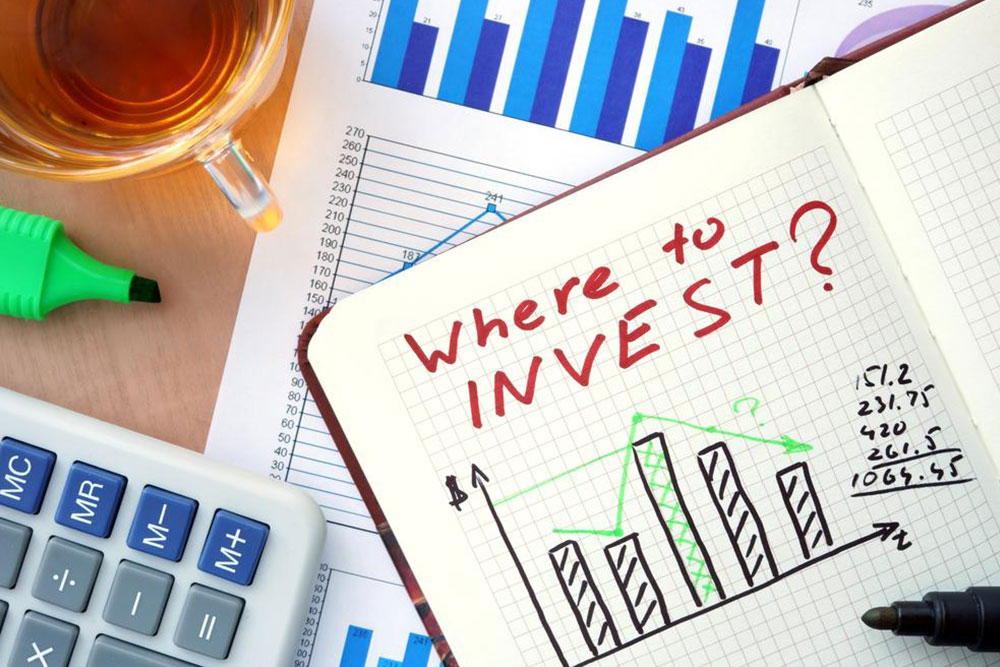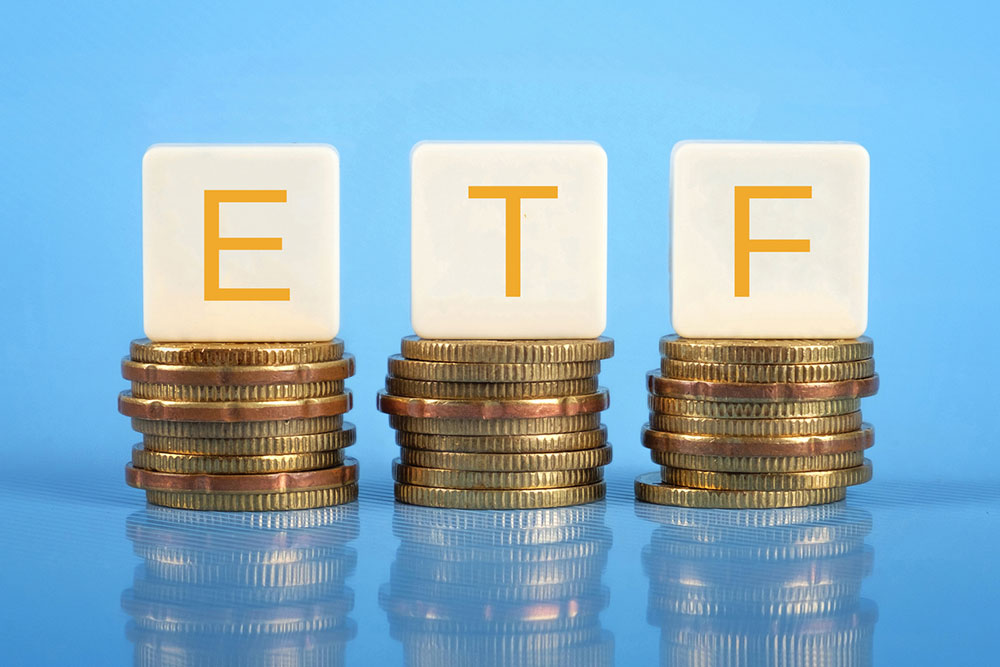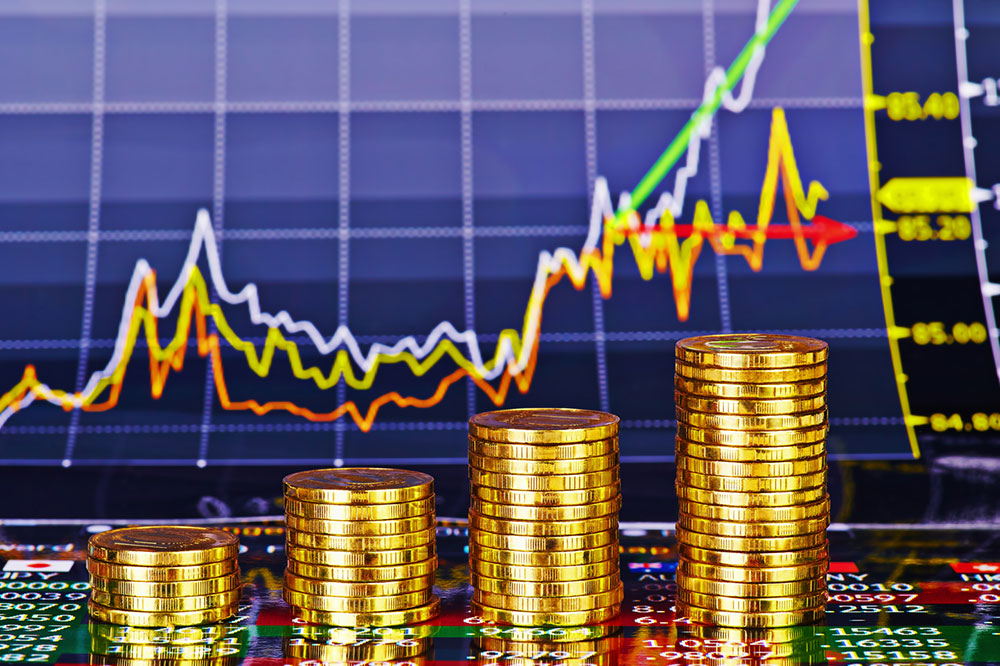Guide to Selecting Top High-Yield Dividend ETFs
This comprehensive guide offers practical insights into selecting high dividend ETFs, emphasizing the importance of research, understanding yield-performance relationships, and diversifying investments globally. Learn how to balance income with stability by focusing on core ETFs and market trends, ensuring smarter investment choices tailored to your financial goals.

Guide to Selecting Top High-Yield Dividend ETFs
High-yield dividend exchange-traded funds (ETFs) are investment funds that focus on generating substantial income by holding stocks, preferred shares, or real estate investment trusts (REITs) that pay high dividends. Many investors favor these ETFs for their attractive income streams, often overlooking other important factors such as stability and growth potential. Typically, dividend-paying stocks tend to have more consistent cash flows, making them appealing for income-focused portfolios.
Strategies for Picking the Best High Dividend ETFs
Proper research and understanding your investment limits are crucial when selecting high-dividend ETFs. Here are some effective strategies to identify suitable options:
Dividend Yield and Past Performance Link
Analyzing stocks based on their dividend yields over the past year usually reveals a direct correlation with historical returns. ETFs with higher yields generally have delivered stronger past performance than those with lower yields. However, ETFs paying lower dividends often outperform non-dividend stocks. It's also important to consider that certain factors associated with dividend stocks contribute to their relative outperformance.
Cash Flow Stability in High Dividend ETFs
Investors often pursue the highest possible income, which is the core goal of many high dividend ETFs. While dividend-paying stocks typically have steadier cash flows, the highest-yielding stocks may not always fit this pattern. Focusing solely on yield can lead to ownership of companies with weak fundamentals or high payout ratios, which could struggle if earnings decline.
Investing in stocks from various regions, including outside the US, has grown significantly. Recent data indicates that ETFs have attracted considerable inflows into international markets, with over $51 billion flowing into foreign large-blend and emerging markets categories during recent months. This trend reflects increasing global diversification among investors.
High dividend ETFs generally occupy a smaller share of the overall market, representing around 6% of US stock market cap. They haven't yet impacted price discovery mechanisms, which primarily occur through active trading. Should ETFs and passive funds dominate even more, market dynamics might face certain challenges. Monitoring industry reports like the Active/Passive Barometer can provide insights into market performance and the effectiveness of active versus passive management styles.
The ETF industry has seen rapid growth, with over 2,000 funds now available. The largest 100 ETFs account for most of the assets accumulated recently. These funds are diverse and can serve as foundational elements for various portfolios, especially for investors seeking income through high-dividend strategies. Focusing on these core ETFs can help investors benefit from current market trends.
By following these tips, you can identify high dividend ETFs that align with your investment goals, balancing income potential with stability and growth prospects.










